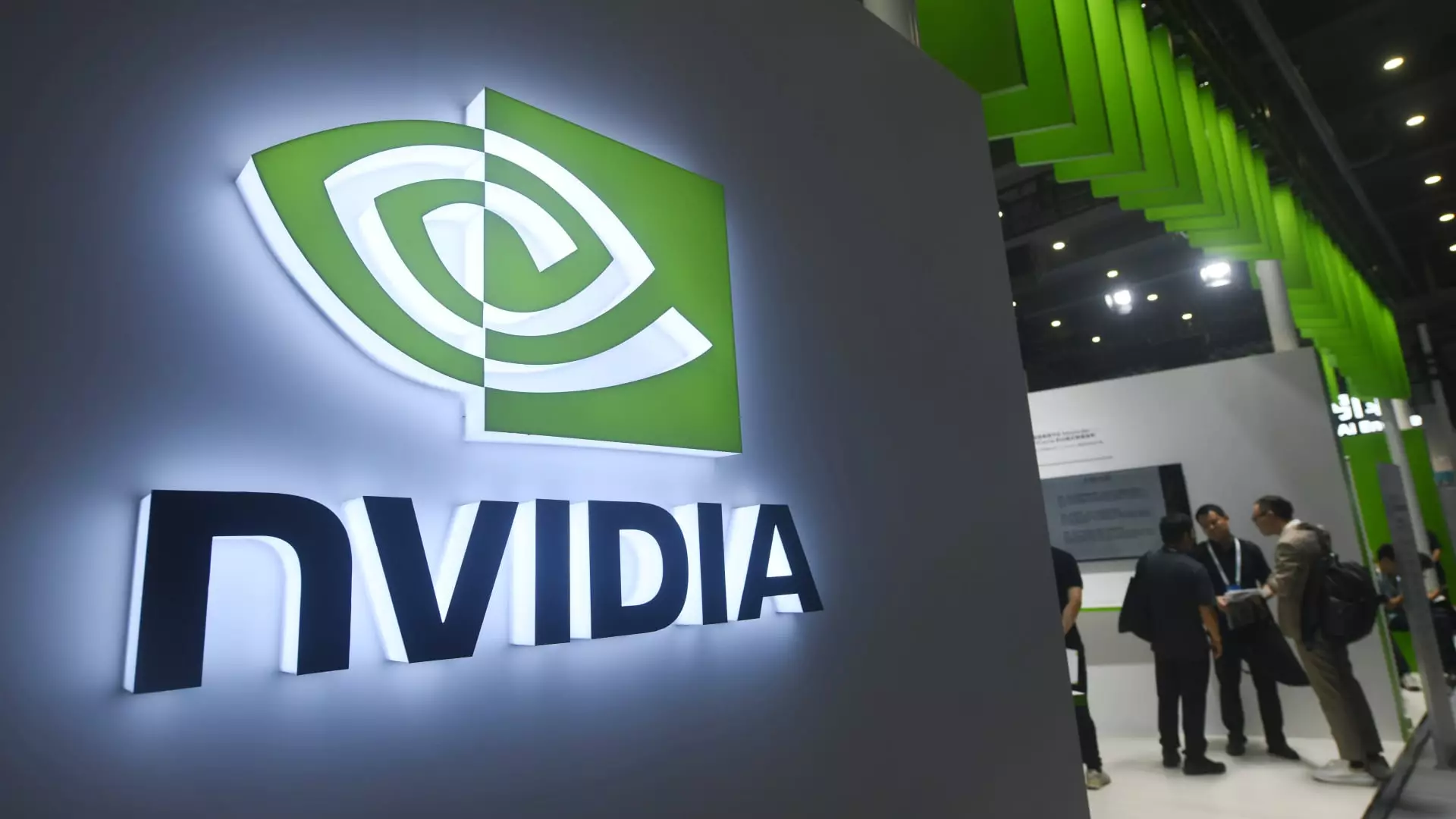In the bustling environment of Las Vegas, over 12,000 professionals from the healthcare and technology sectors are preparing to converge for the HLTH conference, commencing this Sunday. Major players such as Nvidia, Google, and Microsoft aim to unveil their latest artificial intelligence (AI) innovations designed to alleviate the demanding administrative burdens faced by healthcare professionals. These companies are not merely presenting technologies; they are ushering in a transformative wave intended to redefine how medical organizations operate, significantly impacting doctors and nurses across the country.
At the center of this conference is a shared objective: mitigating the exhaustive workload that so many healthcare providers endure. Medical professionals commonly grapple with extensive documentation duties, interfacing with insurance companies, and navigating complex regulatory landscapes. The implications of this tedious work are glaring; many practitioners succumb to burnout, and workforce projections indicate a significant shortage of healthcare personnel by 2028, fueled partly by these overwhelming demands.
Consulting firm Mercer has highlighted the looming crisis, projecting a potential shortfall of 100,000 workers in the healthcare field. It’s a chilling statistic that underscores the urgency for effective solutions. Companies are stepping in with AI-powered tools that might alter the course of this trajectory, presenting the healthcare sector with an opportunity to harness technology in unprecedented ways.
An example comes from Google, which is advocating for the integration of its Vertex AI Search for Healthcare platform. After a successful trial last year at HLTH, this tool allows healthcare developers to eliminate barriers in accessing fragmented patient data. The ability to rapidly obtain medical information not only enhances efficiency but also stands to significantly improve patient care. Google’s findings reveal a startling reality where clinicians devote almost 28 hours weekly to administrative tasks, with a significant majority expressing support for AI to streamline these processes.
Microsoft is following suit, announcing a suite of solutions aimed at reducing clinicians’ documentation load. By leveraging its acquisition of Nuance Communications, Microsoft has created DAX Copilot, an AI tool that transcribes patient interactions into clinical notes, freeing up precious time for doctors. Yet, the push for personalized solutions doesn’t stop there; Microsoft is tailoring its offerings for nurses, acknowledging the specific documentation needs that differ from those of doctors.
The surge of AI in healthcare isn’t limited to tech giants. Startups like Abridge and Suki are also emerging as powerful contenders. Abridge, which has attracted significant investment and market interest, emphasizes its role in what Dr. Shiv Rao describes as a historic shift in adopting AI for clinical documentation. The impact of such innovations signifies a pivotal movement, driving the industry’s embrace of technologies that can relieve the burden of administrative tasks.
The growth trajectory for AI in healthcare parallels the excitement surrounding the technology, particularly since the advent of platforms like ChatGPT. This upward trend could be a game-changer for healthcare institutions that have historically been hesitant to adopt new technology, often due to complex regulations and the sensitive nature of medical data.
Nvidia is solidifying its position as a critical player in the AI space within healthcare. With its advanced graphics processing units (GPUs), the company has become integral to the development of AI models that power popular tools across various applications. As an indicator of its growing influence, Nvidia is expanding partnerships with significant organizations like Johnson & Johnson and GE HealthCare to broaden its offerings in medical imaging and drug discovery.
At the HLTH conference, Kimberly Powell of Nvidia is set to articulate how generative AI can enhance efficiency for healthcare providers. This commitment to advancing healthcare through innovative technology marks a key shift towards prioritizing patient-centric care.
The momentum generated by AI tools at HLTH indicates a broader shift in how healthcare will prioritize technology in the coming years. While many hospitals and clinics find themselves at the nascent stages of evaluating the applicability of these tools, the overwhelming sentiment shared by industry leaders is one of optimism. As more healthcare entities realize the potential benefits, the horizon looks promising for integrating AI solutions that promise to ease the operational strain on medical professionals.
The growing focus on AI technologies at HLTH 2023 is not just a display of innovative products; it’s a reflection of a systemic change aiming to enhance the healthcare landscape. If these advancements are successfully implemented, we may witness a more efficient healthcare system that prioritizes patient care and supports healthcare providers in reclaiming valuable time to engage directly with patients.

